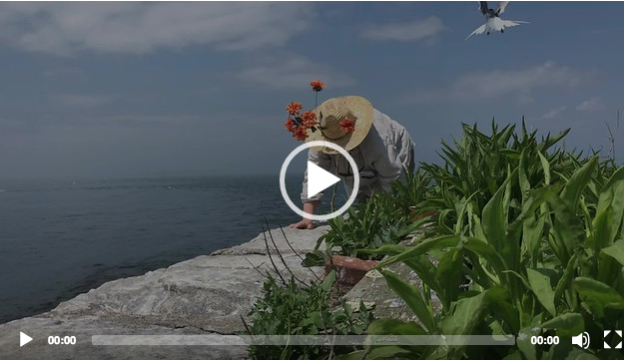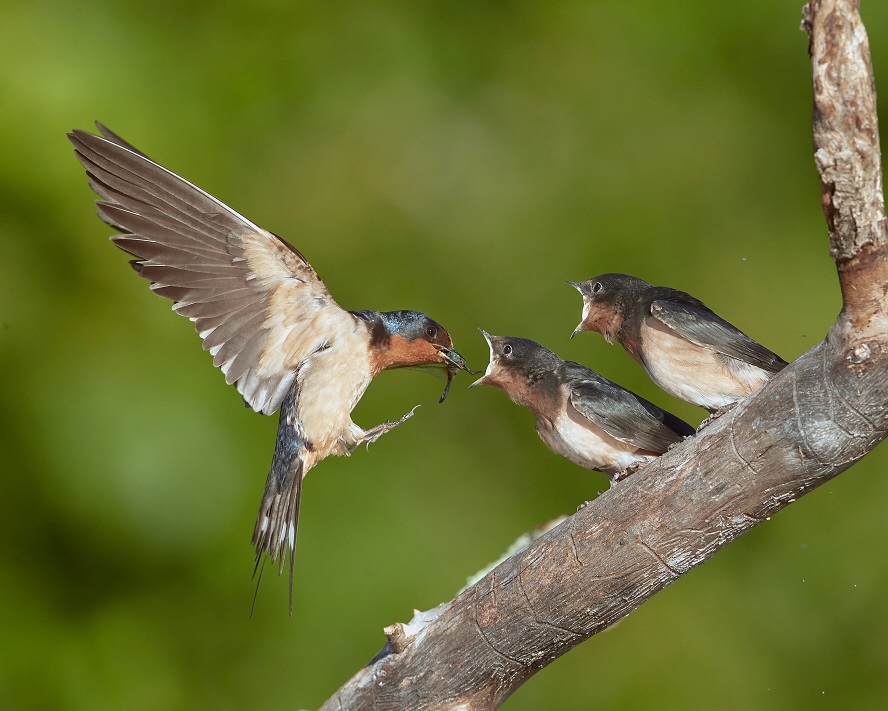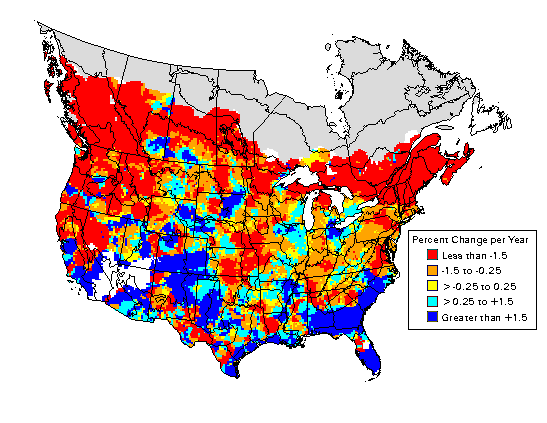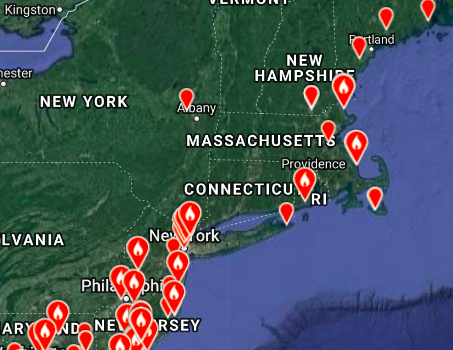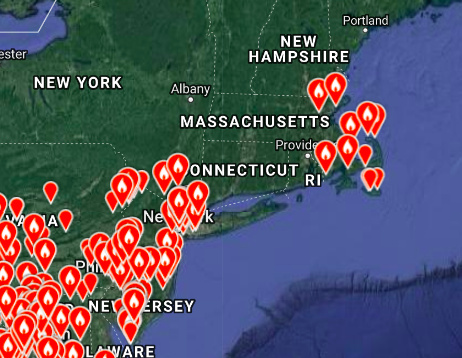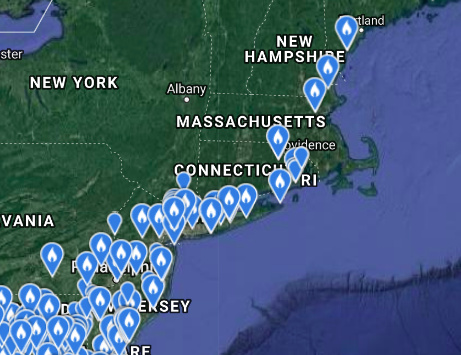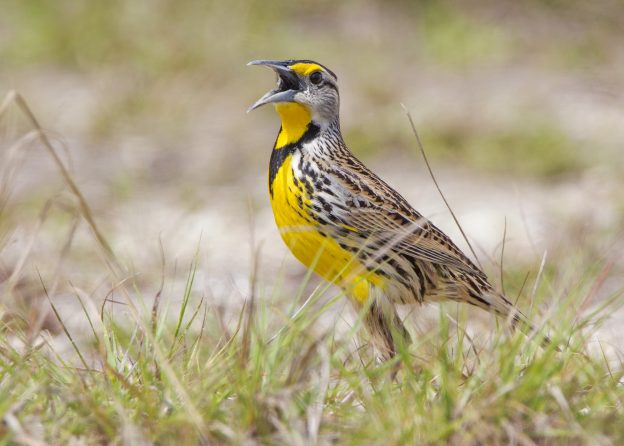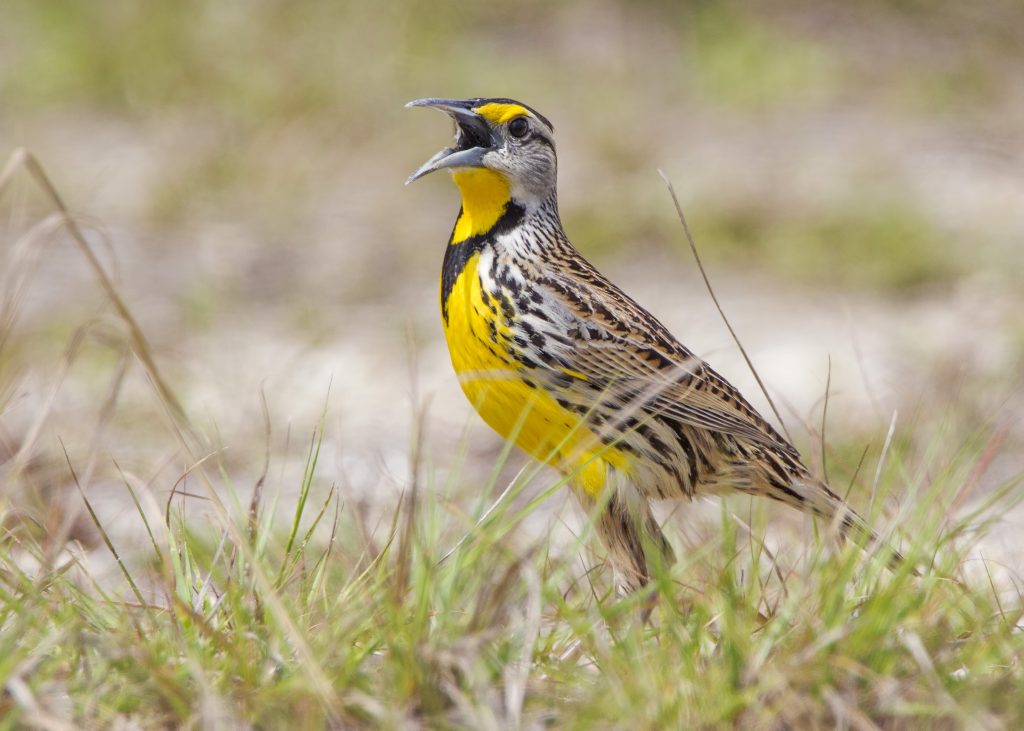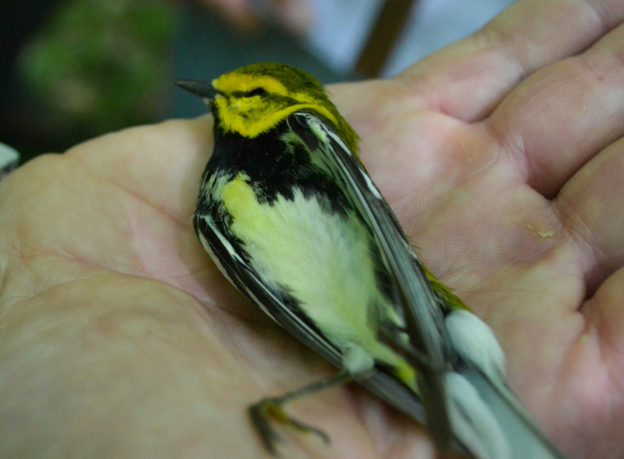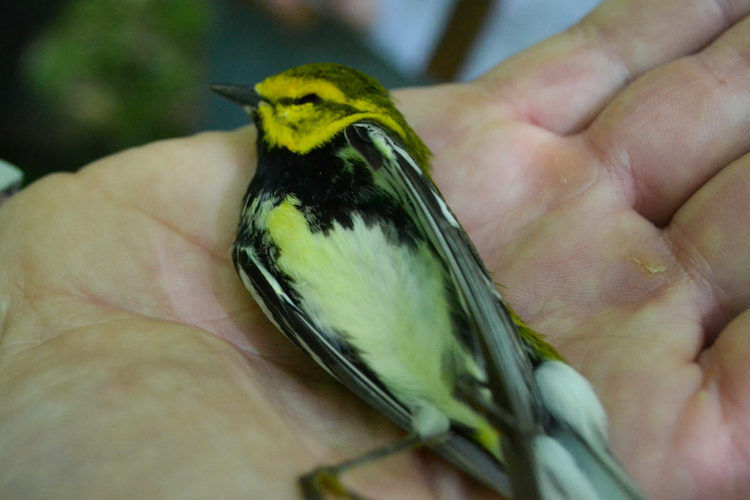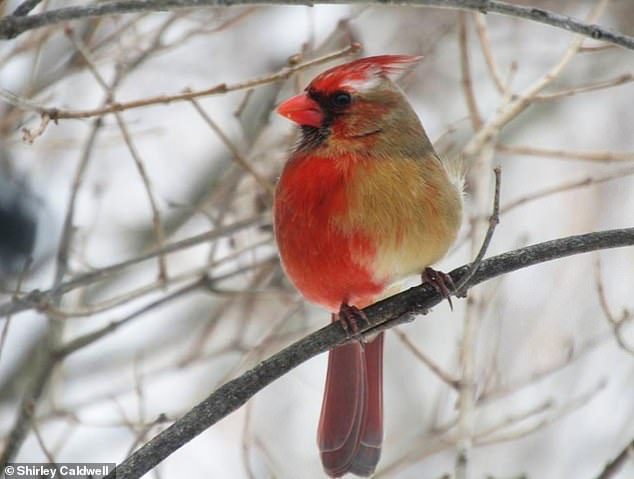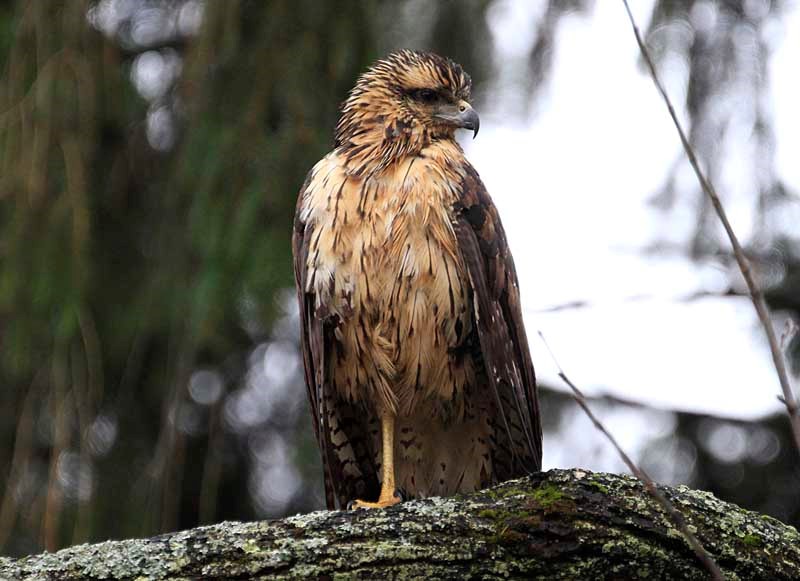Budding bird enthusiasts love our summer camps, many of which offer special bird-themed sessions. Check out the following opportunities for kids and teens to learn about birds this summer!
Connecticut River Valley
Raptor
Camp (ages 12–16)
June 24–28
Arcadia
Wildlife Sanctuary, Easthampton & Northampton
Set out to discover birds by foot and canoe at
Arcadia and local birding hot spots. See bird banding up close, and learn how
to identify birds by sight and sound. An entire day will be devoted to birds of
prey.
Greater Boston
Wild
about Birds: Curiosity Club (ages 4–5)
Wild
about Birds: Naturalists (ages 7–8)
July 22–26
& July 1–3
Broadmoor Wildlife Sanctuary, Natick
Explore what makes a bird a bird, play a game
about bird migration, sing in a birdsong choir, and get an up-close look at
birds through a telescope. Look inside nest boxes for baby birds and empty
nests and meet live birds with an ornithologist.
Wild
about Birds: Explorers (ages 9–10)
Wild
about Birds: Voyagers (ages 11–14)
July 1–3 Broadmoor
Wildlife Sanctuary, Natick
Learn when to use binoculars, a birding scope,
or your bare eyes to watch for birds. Meet with an ornithologist to learn how
scientists study and track birds that migrate. Head off-site to find birds in
different habitats, investigate adaptations that allow birds to survive in
different environments, and track species and diversity in a bio-blitz.
That’s
Wild: Owl Extravaganza (ages 4–6, 7–8)
July 8–12 Museum
of American Bird Art, Canton
Back by popular demand: owls soar into camp
again this summer! Spend the week on the prowl for owls. See live owls up
close, learn about their special adaptations, and create art based on the
different owl species found in Massachusetts.
Coastal
Birding Adventure (ages 13–17)
August
19–23 Drumlin
Farm Wildlife Sanctuary, Lincoln
Travel through the unique coastal ecosystems
of Massachusetts, and search for and learn about the unique birds that inhabit
them. Spot warblers in Pine Barrens, plovers and sandpipers in the dunes, and
terns over the ocean. Check out the latest rare sightings and search for early
migrant visitors.
North Shore
Winged
Wonders (ages 7–8, 9–11)
July
29–August 2
Joppa Flats Education Center, Newburyport
Using binoculars, scout Parker River National
Wildlife Refuge for all kinds of wading marsh birds and soaring birds of prey.
In the forest at Ipswich River Wildlife Sanctuary, listen for songbirds on a
forest hike, and climb the observation tower and Rockery Grotto. Back at Joppa
Flats, get ready for a live wildlife visit from a local raptor rehabilitator,
and dissect owl pellets!
Cape & Islands
Fabulous
Fliers (ages 7–8)
July 15–19
Felix
Neck Wildlife Sanctuary, Edgartown
Why do birds flock together? How do they fly?
And why do they sing? Identify and explore adaptations of the many fabulous
fliers at Felix Neck, including the osprey, songbirds, and shorebirds.


